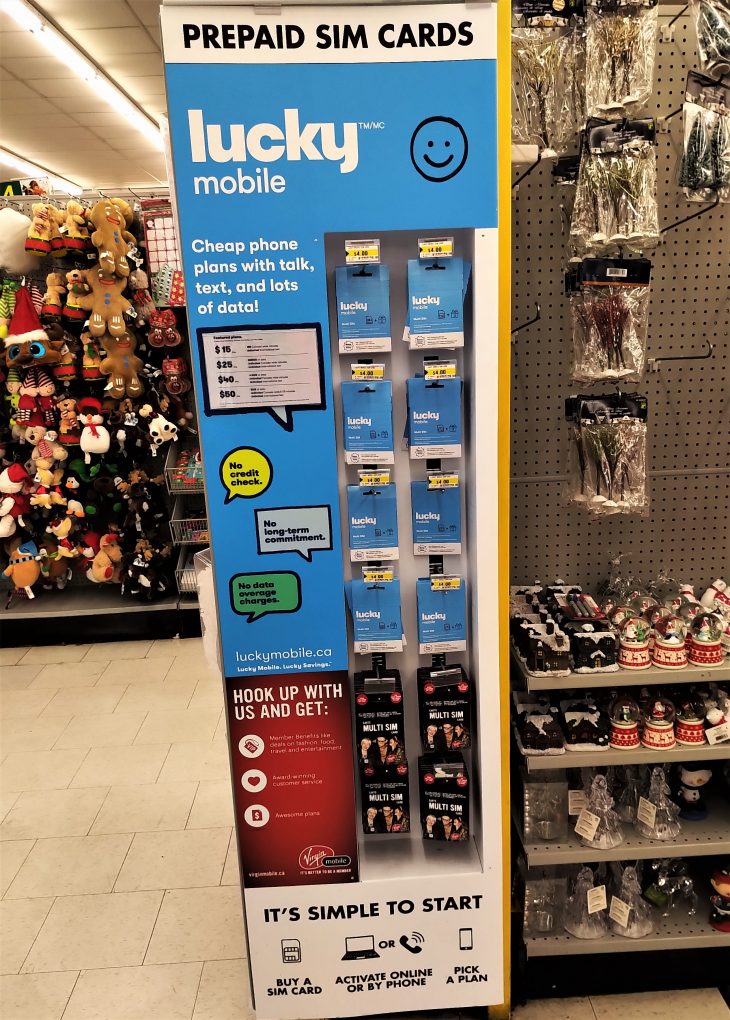
MONTREAL – A week after receiving his NBA Championship ring, BCE CEO George Cope presided over his final quarterly conference call with financial analysts, delivering yet another strong three months – its 56th consecutive quarter of year-over-year EBITDA increases – for the Canadian telecom, wireless, TV and media giant.
As previously announced, Cope is retiring in January and the company’s new CEO during the next quarterly call will be current COO Mirko Bibic.
Bell (the co-owners of the Toronto Raptors along with Rogers and Kilmer Investments, which meant Rogers chairman Edward Rogers and Kilmer owner Laurence Tanenbaum each got a ring, too) reported record third quarter, ended September 30, wireless net additions of 204,067 (postpaid and prepaid), up 14.8% compared to Q3 2018, combined with ABPU (average billing per user) growth of approximately 1% and a reduction in postpaid churn to 1.12%. Wireless revenue grew 3.5% to $2.35 billion.
“Postpaid net additions totaled 127,172, down from 135,323 in Q3 2018 as gross additions decreased 2.1%, reflecting fewer year-over-year customer additions from our long-term mobile services contract with Shared Services Canada (SSC),” reads the press release.
“Prepaid net additions grew 80.9% to 76,895 from 42,511 in Q3 last year. This was driven by a 61.2% increase in gross additions, reflecting continued strong demand for our low-cost Lucky Mobile prepaid service and exclusive national retail distribution agreement with Dollarama.” (pictured).
Bell's total wireless customer base at the end of Q3 increased 3.7% to 9,834,380, including 9,038,341 postpaid subscribers and 796,039 prepaid customers. Blended ABPU increased 0.9% to $69.93, despite the impact of unlimited data plans on data overage revenue, added the release.
BCE operating revenue increased 1.8% in Q3 to $5.98 billion million.
The company also added nearly 90,000 net retail Internet and IPTV customers (58,000 broadband and 32,000 IPTV). While the internet additions grew 9.5% better than the third quarter of 2018, TV customer growth slowed by 20% compared to Q3 2018.
The increase on the internet side was driven by the ongoing expansion of Bell's networks, which also contributed to improved churn. Retail Internet customers totaled 3,519,962 at the end of Q3, an increase of 4.2% over last year, says the release.
The decrease in growth on the TV side, said the company, was “due to the high rate of customer penetration in current Fibe markets and slower new service footprint growth, increasing maturity of our Alt TV service, and ongoing over-the-top substitution,” reads the release. At the end of Q3, Bell served 1,745,143 retail IPTV subscribers, up 6.5% over last year.
Bell lost nearly 27,000 satellite customers in the quarter, about the same as last year and now has 1.03 million satellite TV customers.
Bell Media had a strong quarter as well, as operating revenue increased 2.7% in Q3 compared to Q3 2018 to $751 million, driven by higher revenue from Crave subscriber base growth over the past year, said the company.
As well, “Bell Media's English-language entertainment specialty channels achieved unprecedented success in the 2018/2019 broadcast year with a 21% increase in viewership among adults 18-49,” added the press release.
“Bell Media was again Canada's top radio broadcaster, reaching an average audience of 16.2 million listeners who spent approximately 70 million hours tuned in each week,” the release continued, adding the company also “reached 22.2 million unique online visitors monthly and achieved averages of 445 million page views and 827 million minutes spent online each month” on the digital side.



